Who Owns GM: GM is one of the largest automobile companies in the world, having been founded over a century ago. It has become a household name and is one of the most recognizable brands in the automotive industry. But who owns GM? And what companies are owned by General Motors? In this blog post, we will explore the ownership structure of General Motors and the companies included in its portfolio.
History of General Motors
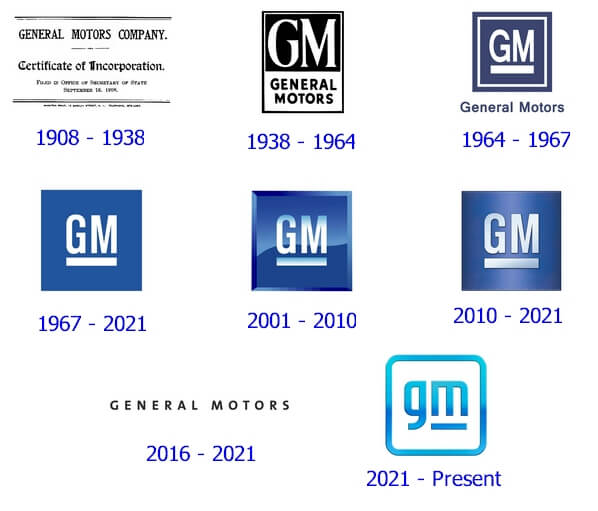
The history of General Motors stock is fascinating. In 1916, William C. Durant left the company after having accrued massive debt through the acquisitions of other car makers and rejoined it during a stock buyback campaign. In 1916, Durant purchased Chevrolet and acquired other automobiles after World War II. G.M. became one of the world’s largest employers while expanding its market share and revenues.
G.M.’s fortunes began to decline in the 1980s and 1990s as foreign car companies, such as Honda and Toyota, gained significant market share. It was then delisted from the Dow Jones Industrial Average (DJIA), and old G.M. shares were retired following General Motors’ bankruptcy in 2009 amid the financial crisis.The new General Motors stocks IPO was launched in 2010 to relaunch the company. Approximately $55.16 was the stock price on Dec. 17, 2021.
Who owns gm?
Here we are talking about the owners of GM:
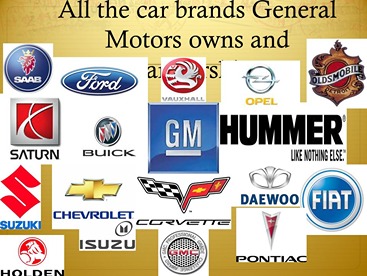
Mary Barra
The company’s former CEO, Daniel Akerson, resigned in January 2014, and Mary Barra was appointed CEO. She was also elected chairman of the board in January 2016. Having extensive engineering and product development experience, barra was chosen to lead General Motors’ most critical business area as well as serve as the board’s advisor.
With a bachelor’s degree in electrical engineering and a master’s degree in business administration (MBA), Barra was named one of Forbes’ 100 most powerful women in 2021.
General Motors’ 2021 proxy statement and annual meeting of shareholders notice show that she holds 2,753,251 shares of the company.
Mark Reuss
General Motors’s president, Mark L. Reuss, leads regional operations in North America, South America, China, and G.M. International. Reuss started his career with G.M. in 1983 as an intern while he was still at university. From 2013 to 2018, Reuss served as G.M.’s executive vice president for Global Product Purchasing,Development, and Supply Chain before becoming G.M.’s president in 2019. Before his promotion, he held a dual role as a Duke MBA graduate.
John P. Stapleton
Since 2014, John Stapleton has served as the G.M. North America CFO. His career began in 1990 and has included time in finance roles in various G.M. departments, such as manufacturing, labor, and performance improvement. Effective Aug 2020, the G.M. board named Lisa Stapleton as acting chief financial officer, succeeding the outgoing Dhivya Suryadevara. Stapleton held the interim position until G.M. hired former Delta Air Lines CFO Paul Jacobson to fill the CFO position in December 2020.
Today’s Structure of G.M.
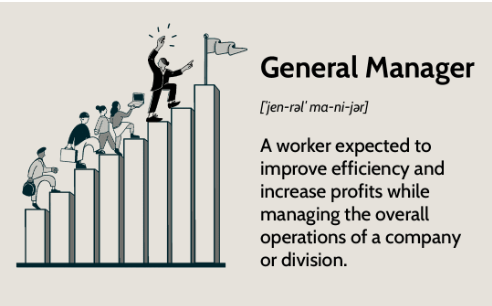
General Motors is currently owned by a consortium of companies and investors, which includes the U.S. government, the United Auto Workers union, and a variety of private investment firms. The U.S. government holds the most significant stake in General Motors, owning about 17% of the company’s stock. Other notable investors include Fiat Chrysler Automobiles (FCA) and various funds affiliated with BlackRock, Vanguard Group, Fidelity Investments, and State Street Corporation.
- General Motors owns many subsidiary companies, including Cadillac, Buick, Chevrolet, GMC, Holden, Wuling, and Baojun. These companies produce cars, trucks, engines, and components used in various products worldwide. G.M. also has partnerships with electric vehicle companies such as Nikola Corporation and Cruise Automation.
- With the continued growth of the automotive industry and General Motors’ strong presence, its ownership structure will likely continue to evolve. As G.M. continues to innovate and expand its product portfolio, it will become even more entrenched in the global auto market.
- General Motors (G.M.) is an American multinational corporation that designs, manufactures, markets, and distributes vehicles and vehicle parts. It has been around since 1908 and is now one of the largest automakers in the world. Today, G.M. is owned by various stakeholders, including the U.S. government, various pension funds, and institutional investors.
- The U.S. government has a small stake in G.M. due to its bailout of the company during the Great Recession. This includes a 9.9 percent equity stake and $2.7 billion in debt held by the Department of Treasury. In 2020, the U.S. government sold its remaining shares of G.M., officially ending its involvement in the company.
- Pension funds and institutional investors have a significant stake in G.M. These include several Canadian pension funds, such as Caisse de Depot et Placement du Quebec and the Ontario Teachers’ Pension Plan Board, as well as other institutional investors from around the world. These funds hold a combined stake of roughly 25 percent in the company.
General Motors owns what car companies?
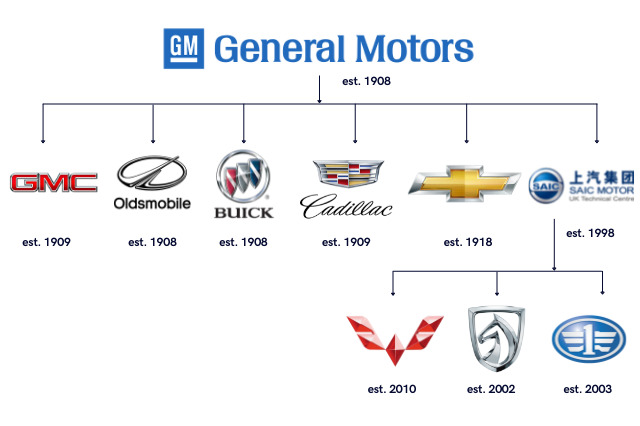
General Motors (G.M.) is one of the world’s largest automotive companies, with a portfolio that includes over 30 brands across the globe. G.M. has a wide range of products, including cars, trucks, crossovers, and electric vehicles. So who owns G.M., and which companies are owned by it? The majority owner of General Motors is the multinational automotive corporation Stellantis, which is formed by the merger of Fiat Chrysler Automobiles and PSA Group.
But General Motors doesn’t just own itself. So the GM owns who? It has several subsidiaries and brands under its umbrella.
Here are the car companies gm owns:
Chevrolet: A manufacturer of cars, trucks, vans, and SUVs that are sold all over the world.
Cadillac: An American luxury vehicle manufacturer known for its luxurious styling and powerful engines.
GMC: A truck brand sold in the United States, Canada, Mexico, and the Middle East.
Buick: An American mid-luxury car brand popular in North America and China.
Global Electric Vehicle (GEV): A manufacturer of electric vehicles based in Michigan.
Cruise Automation: A self-driving car company owned by G.M. that is developing autonomous vehicle technology.
OnStar: A subscription service offered by G.M. that provides drivers roadside assistance and other services.
Ford Motor Company: General motors owns ford, one of its biggest rivals. G.M. owns a 4% stake in Ford, which gives them access to some of the company’s technology and the ability to collaborate on specific projects. This strategic alliance has proven beneficial for both companies and is an example of how the automotive industry is changing.
By owning these companies and brands, General Motors has solidified its position as a major automotive player. Each of these companies brings something unique to the table, allowing G.M. to remain competitive in an ever-changing market.
Why does G.M. own so many companies?
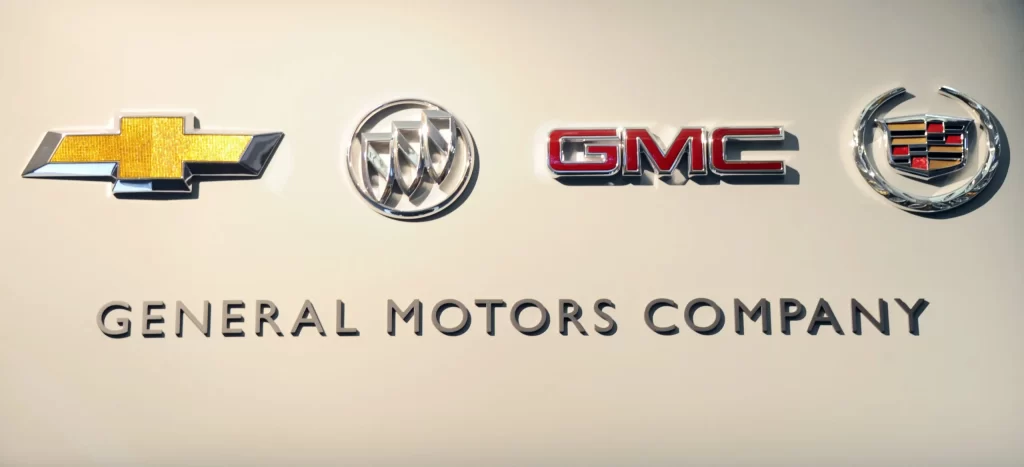
General Motors (G.M.) is one of the largest automakers in the world and is currently owned by a group of investors led by Mary Barra. G.M. owns a wide array of companies worldwide, from carmakers like Buick, Cadillac, and Chevrolet to OnStar, Cruise Automation, and Maven. So why does G.M. own so many companies?
Diversity in products
The primary reason for G.M. owning multiple companies is to diversify its product offerings. By owning more than just a few car manufacturers, G.M. can offer customers various vehicles and services. For example, G.M.’s OnStar service allows drivers to connect with emergency services, navigation assistance, and more, while Maven provides ride-sharing and car-sharing services. This helps G.M. maintain a competitive edge in the marketplace.
Stay up-to-date with technology.
Additionally, G.M. owns numerous other automotive-related companies that provide the company with parts, components, and other materials necessary to produce their vehicles. These companies are integral to G.M.’s success and help them stay on the cutting edge of automotive technology.
It’s economically favorable
Finally, G.M.’s ownership of multiple companies allows it to benefit from economies of scale. When you purchase a product from any company owned by G.M., the cost savings are passed down to the customer. This helps keep prices competitive and makes G.M. an attractive option for those looking for reliable transportation solutions.
It means a lot to their success
Overall, GM’s ownership of multiple companies is an important part of its success as a global automotive giant. By diversifying its product offerings and benefiting from economies of scale, G.M. can stay competitive in the market and offer customers various reliable transportation options.
Summative Remarks
General Motors is one of the world’s leading automotive companies, with a rich history and an impressive lineup of products. But who owns this iconic company, and what companies does it include? In this blog post, we’ll explore the ownership of General Motors, as well as the companies that are part of the General Motors family. From its beginnings in 1908, General Motors has grown to become one of the world’s largest automotive conglomerates and has many subsidiaries under its umbrella. Read on to learn more about who do general motors own and the companies it includes.

Leave a Reply